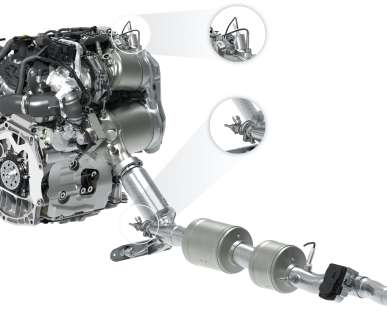FEV working on water injection system using exhaust condensate; fuel consumption improvements up to 16% possible
Green Car Congress
AUGUST 26, 2015
FEV is developing a water injection system for internal combustion engines using condensate from exhaust gases, the “Extended Direct Condensate Injection” system. in the region of the minimum specific fuel consumption on a stoichiometric combustion concept with Miller cycle and cooled external exhaust gas recirculation.






















Let's personalize your content